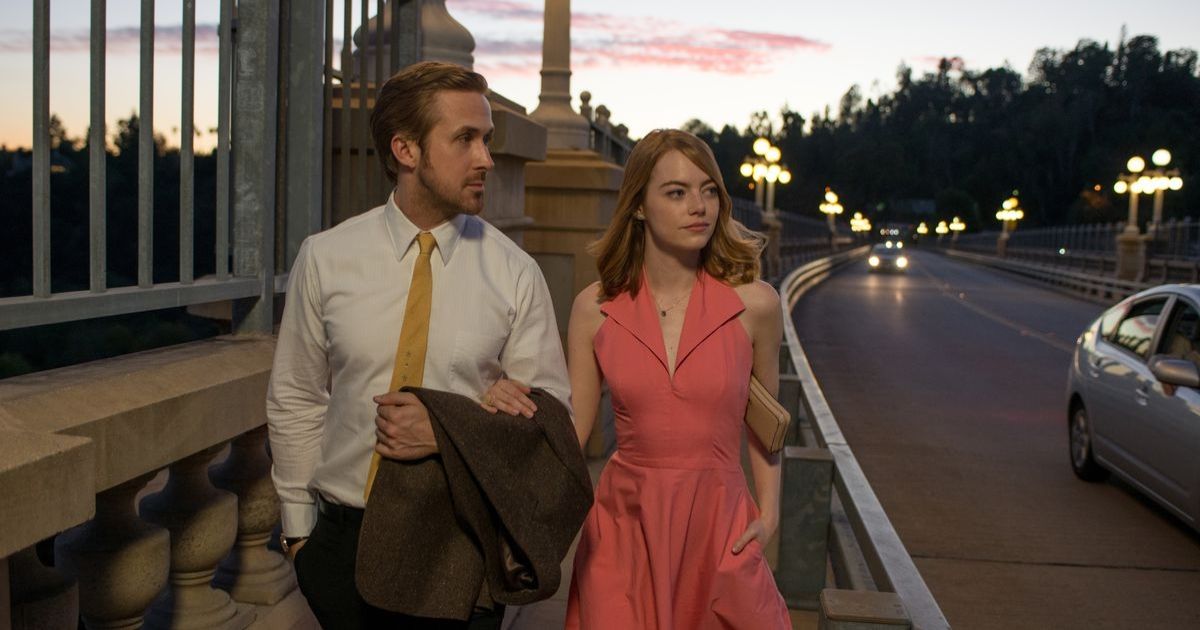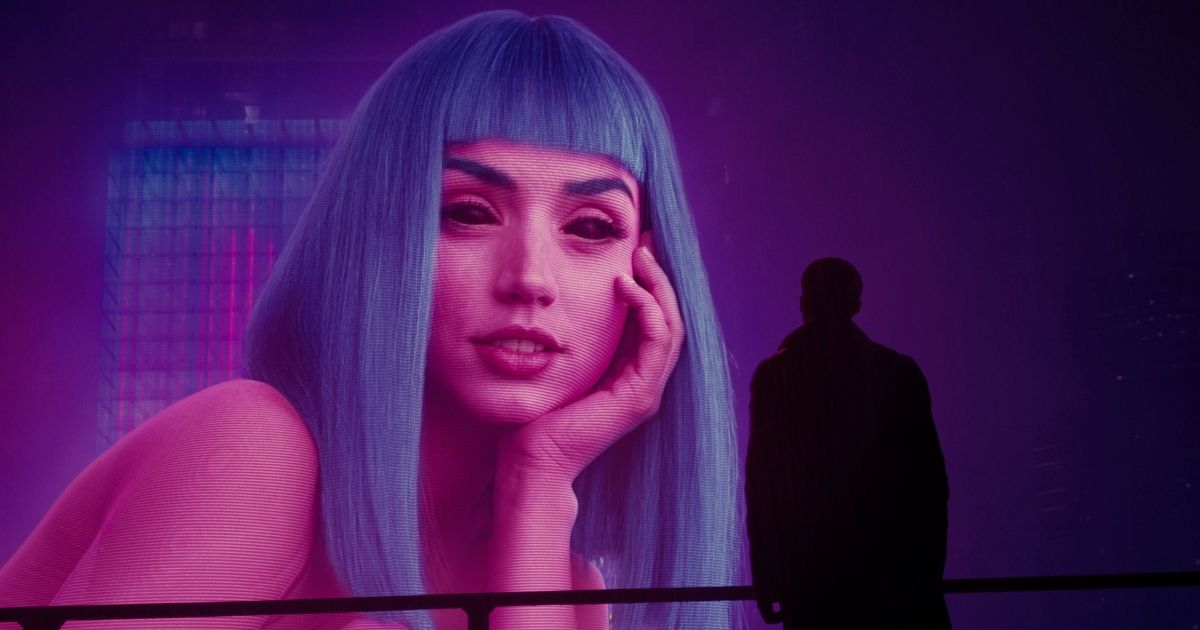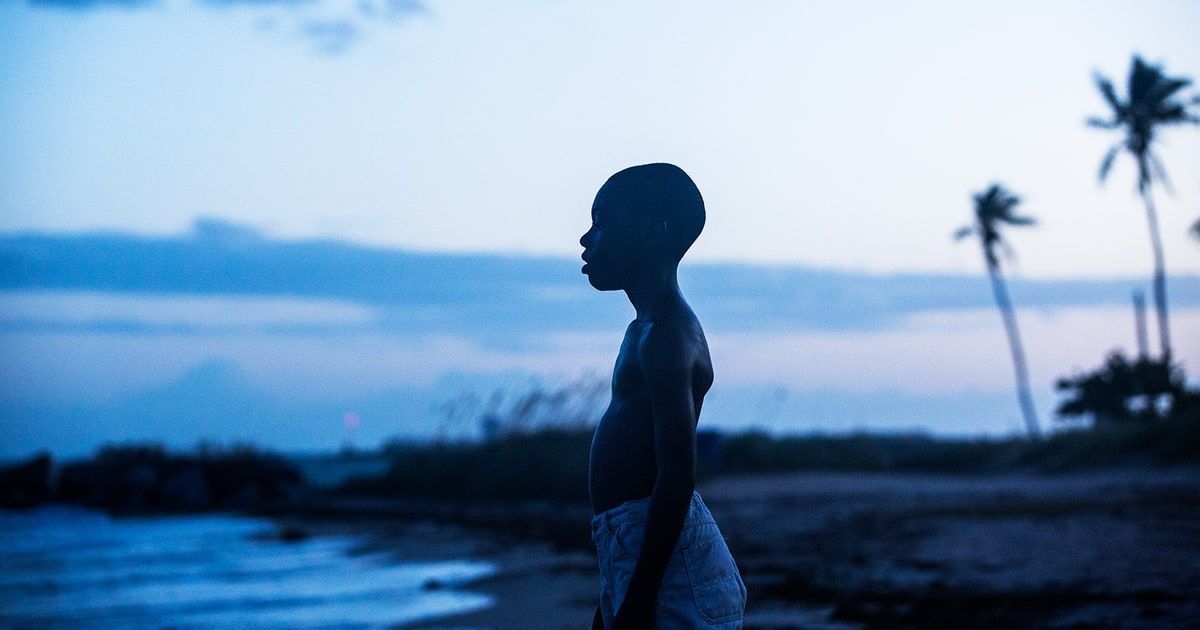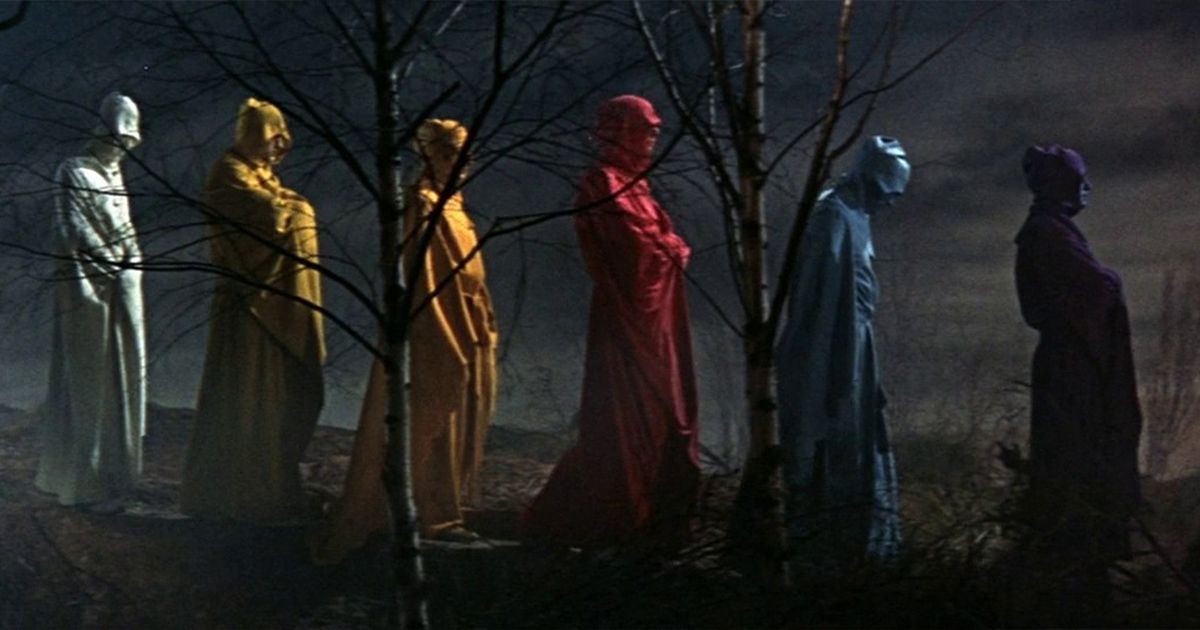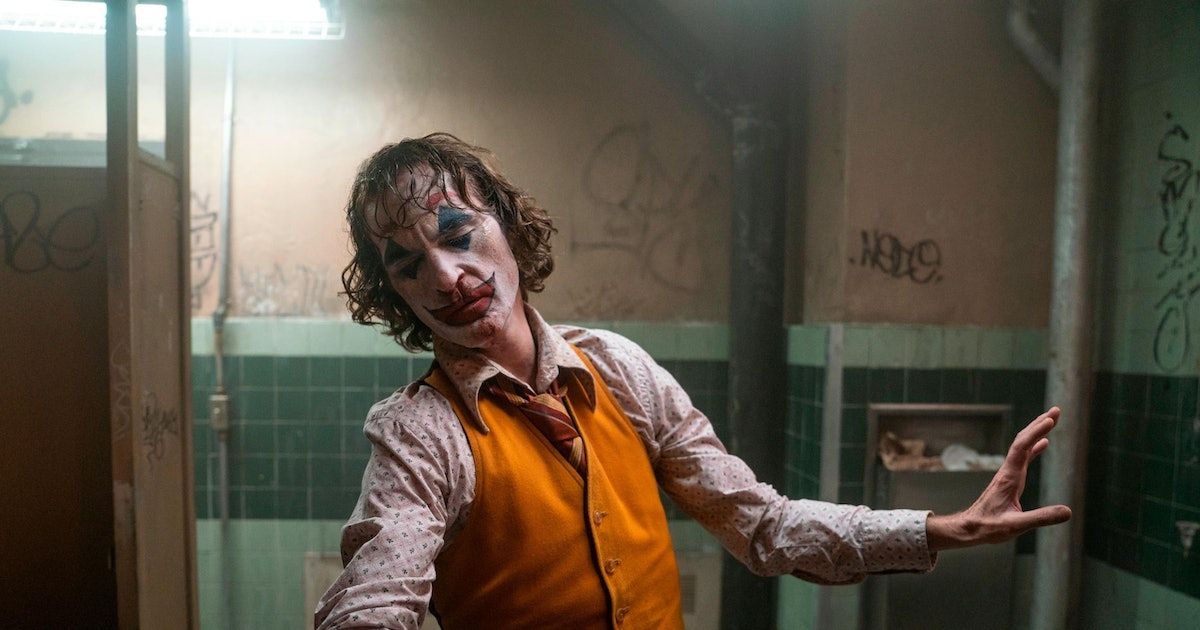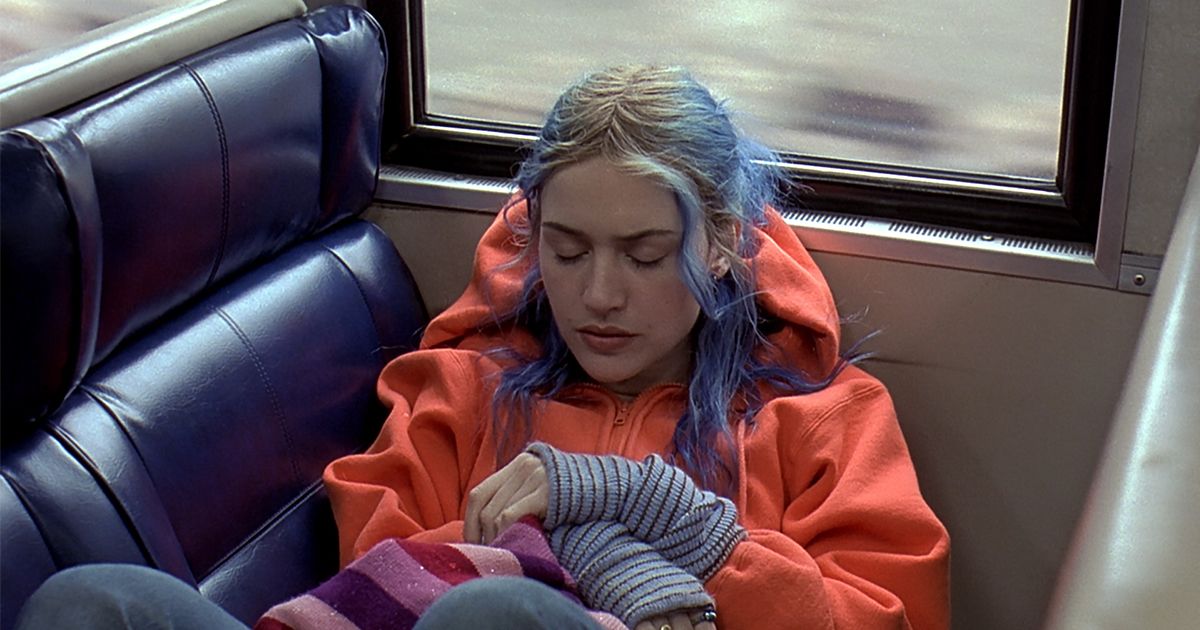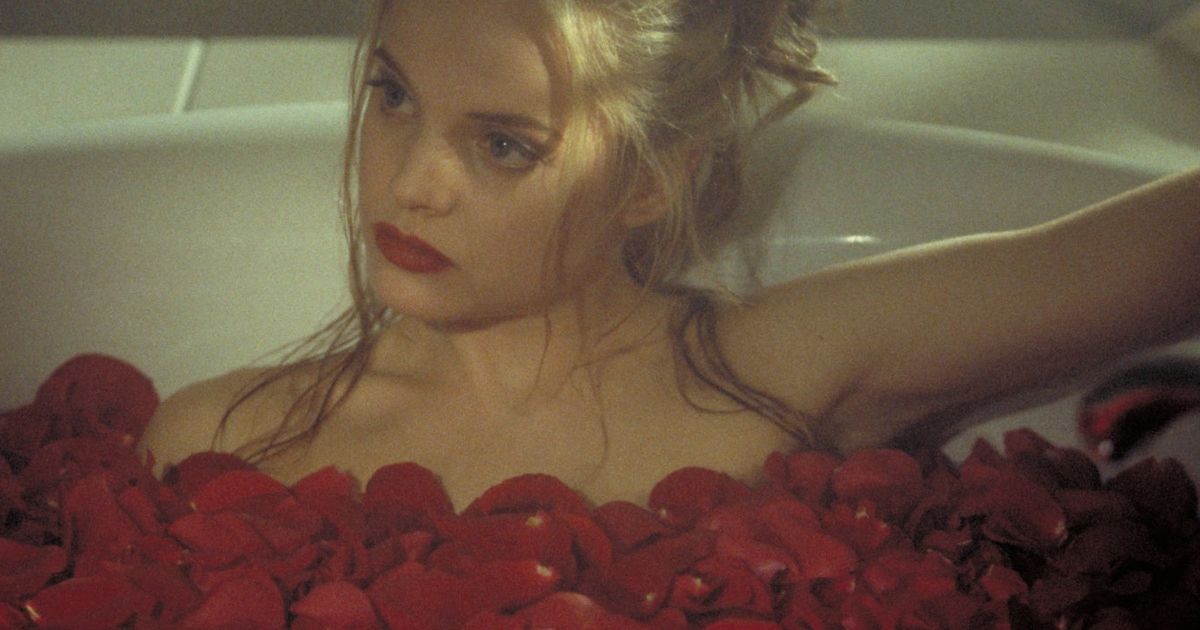As a primarily visual medium, color plays a major role in any cinematic work. Sure, it is one of many tools that a filmmaker has at their disposal — in addition to acting, sound, cinematography, costumes, and more — but a movie’s color palette has a pathway to the deepest recesses of the viewer’s mind and heart. It can express very much in very little, effectively simplifying complex stories.
In the hands of the right filmmaker, a movie’s color palette can be an intricate framework of meanings that speak ceaselessly in every single frame. Certain films have been particularly noted for their active play on colors — whether as a result of the filmmaker’s idiosyncrasies, as a means of highlighting the movie’s themes, or as an insidious play on the viewer’s psychology. Here are 12 movies with the most striking color palettes.
12 The Grand Budapest Hotel
Director Wes Anderson is known for his highly particular film language. Besides his fixation on symmetrical frames, he is also known for his use of pastel hues to paint his scenes. The Grand Budapest Hotel, one of his most well-known movies, displays this signature in a way that is impossible not to notice. Anderson uses a vivid shade of pink as the primary color in this movie, as the hotel itself is in this color.
Besides that, the movie features a variety of bright pastel colors, which evoke a sense of whimsy, as if the events of the movie are set in a land of children’s tales. The movie’s villains are associated with darker and dramatic colors that contrast with these fluffy hues, creating a sense of threat around them. Anderson’s masterful blend of colors in The Grand Budapest Hotel creates a sense of playful drama and childhood nostalgia, a dreamy escapism that is carefully curated.
11 Her
A modern romance classic, Her is a poignant exploration of loneliness and human connection, set in a futuristic era. Movies that feature prominent use of colors often encode specific thematic meanings within them, resulting in symbolic interactions that can be somewhat mechanical and inexpressive. In contrast, Her is one movie where the use of colors traces a direct pathway to the heart.
The movie is painted exclusively with warm, rosy colors that evoke a deep sense of comfort and intimacy. Pink, orange, and yellow appear prominently throughout the movie. Joaquin Phoenix’s lead character is often dressed in red clothing to signify his search for love and connection. However, these meanings approach the viewer in a much more direct manner through their strikingly evocative quality.
10 Midsommar
Midsommar is one in a series of recent horror films that have successfully transformed the genre for a new age. It was the second movie by director Ari Aster, and he teamed up with cinematographer Pawel Pogorzelski for this movie. The same duo had worked together on Aster’s first movie, Hereditary, and while that movie leaned towards a dark visual style, they decided to turn the tables for Midsommar.
Taking inspiration from the old three-strip Technicolor process, they went through many technical hoops to design a bright and colorful look for this movie. The overexposed visuals, combined with the occasional splash of vivid colors made for a jarring effect that did justice to this unique folk horror film, further magnifying its uncomfortable, eerie quality.
9 The Shining
One of the best psychological horror films of all time, The Shining remains a fantastic lesson in tone, with a sense of unease and slow-burning tension that is sustained throughout the movie. Stanley Kubrick produced some of the most iconic shots of his career in this movie, showcasing the best of his affinity for highly particular geometric compositions. He combined his usual visual signatures with a color palette that was both vivid and muted. These elements can be seen in the interior design of the Overlook Hotel, where red is the dominant color — seen in the dreary geometric pattern on the hotel carpet, the bathroom walls, and the many intricately carved doors. The combination of various shades of red along with the geometric patterns makes the entire hotel seem alight with a menacing aura.
8 La La Land
Deep hues are a well-known part of Damien Chazelle’s filmmaking toolbox, and he played with it magnificently in La La Land. A film with a traditional touch, La La Land was an homage to Old Hollywood, and its colors display this connection conspicuously. The movie makes ample use of primary colors, and has a bold, vibrant look that is exciting and reminiscent of old Hollywood musicals.
La La Land has a stylized aesthetic and costume design that allowed its colors to pop even more. The end result is a movie that freely showcases its roots, yet manages to stay fresh and energetic, with an unforgettable visual style.
7 Blade Runner 2049
Blade Runner 2049 was critically acclaimed for its deeply philosophical themes and its soulful cinematography. Developed by the powerful duo of filmmaker Denis Villeneuve and cinematographer Roger Deakins, the movie had a dark, atmospheric quality to it that juggled desolate, de-saturated scenes with ones that bombarded you with bright neon colors. Both these extremes went hand-in-hand with the psychological state of the lead character, played by Ryan Gosling.
An artificial replicant himself, he is believed to be devoid of emotions, but can be seen struggling with existential questions throughout the movie — one of its key themes. The contrasting color language used in the movie highlights his constant alienation from the entire human experience, whether by alluding to the brutal nature of his work, or his inability to connect with human joys.
6 The Matrix
The Matrix movies continue to impact the public consciousness with its unique conception of a sci-fi universe based on real-life philosophies. By packing the concept into a hard-boiled action fantasia, it consumed the people’s imaginations. With its surreal landscapes and unbelievable acrobatics, scenes set in the matrix were easy to recognize. However, the movie also integrated a very effective subliminal messaging that let viewers continuously sense its unreal quality. The Matrix utilizes a lot of green hues in its color palette, and it constantly communicates a sense of desolate realism or virtual surrealism depending on where the scene is taking place.
5 Moonlight
Considered one of the best movies of the 21st Century, Moonlight is an unflinching exploration of race, class, and sexuality. The movie won over audiences with its periodic narrative structure, and an innovative cinematography that evoked a dreamy, introspective mood. Moonlight is divided into three different sections, each of which deal with three different periods in the life of the lead character, Chiron.
Each of these sections have a distinct color scheme, with the first act dominated by warm colors that reflect Chiron’s childhood innocence and a sense of nostalgia. As he grows up in the subsequent sections, the colors take a darker, more somber tone that corresponds with the darker turn that his life takes.
4 The Masque of the Red Death
The Masque of the Red Death is remembered as a significant movie in the horror genre. Adapted for the screen by Roger Corman based on the famous Edgar Allan Poe tale, the movie is remembered for its surrealistic visuals and set design. The movie layered heavy allegory and numerous elements from gothic horror storytelling for a beguiling watch. In the course of all this, Corman also set up rigid color themes for various allegorical elements, most prominently the hooded figures which represented different aspects of the human experience. The most prominent of them was the figure in red, which unveiled itself in the movie’s climax as the personification of Prince Prospero’s death.
3 Joker
Joker is a unique film in that it is a psychological exploration of a well-known comic book supervillain. A stylistic approach that reflected the character’s inner turmoil was a must for the concept, and filmmaker Todd Philips came through seamlessly on the front. The color green has been associated with the DC villain since the very beginning. The movie presents the color amidst a greatly atmospheric visual style and uses it to signify the character’s descent into madness.
The general color palette of the movie is muted and largely de-saturated. Similarly, the color blue is encoded into scenes where the Joker finds himself ostracized or beaten down by the city. The deeply involving cinematography of the movie, however, allows these symbols to blend seamlessly with the narrative.
2 Eternal Sunshine of the Spotless Mind
Yet another sci-fi romance movie on this list, Eternal Sunshine of the Spotless Mind is a searing portrait of love and longing. Most of the movie takes place in the mental landscape of the lead character, Joel, as he undergoes the process of removing his ex-girlfriend from memory. Many striking images are delivered along the course of realizing this plot.
Eternal Sunshine has a generally cool, washed-out color palette, against which a few colors are highlighted with specificity. Orange and Red are often associated with Joel’s girlfriend, Clementine, symbolizing liveliness and intensity. Meanwhile, Joel himself is often dressed in grays and browns. The generally blue tint laid over most of the physical settings in the movie also allows the movie to evoke a sense of loss, longing, and nostalgia.
1 American Beauty
American Beauty is a significant movie from the turn of the century that talks about the search for meaning and identity in urban life. Against the mostly dull and pale color scheme resembling the American suburban community, the movie highlights a few colors to represent its main themes. Red is by far the most significant color in the movie, appearing as a representation of Lester’s often misguided passion. Similarly, the color blue is highlighted in the movie as well and symbolizes an artificial presentation of normalcy and success.

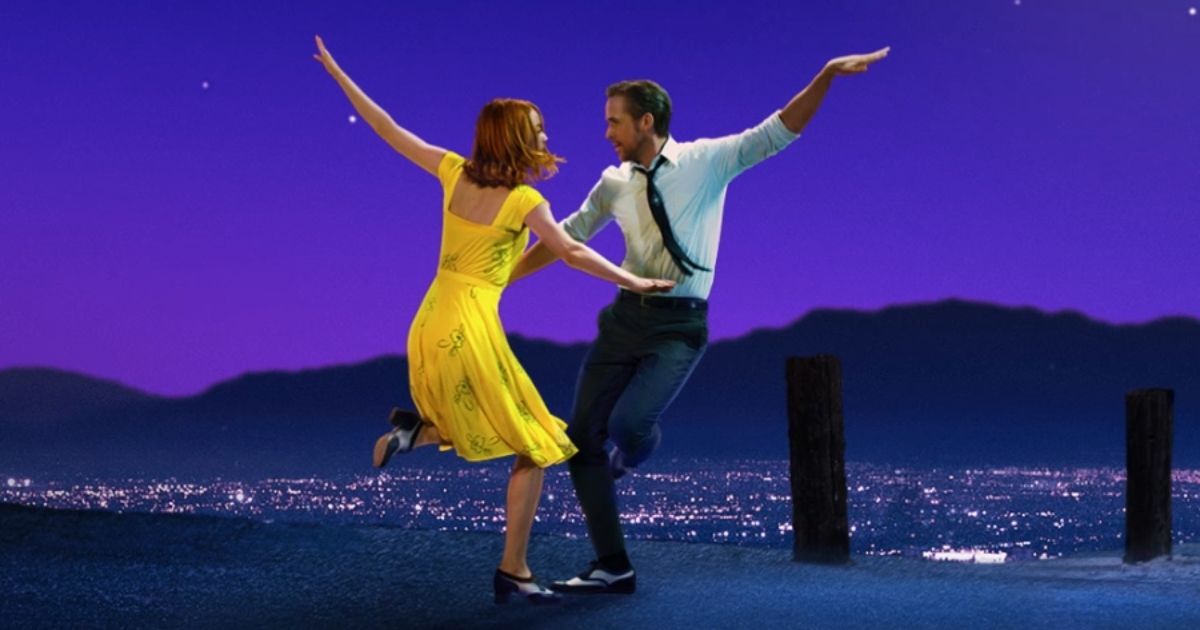
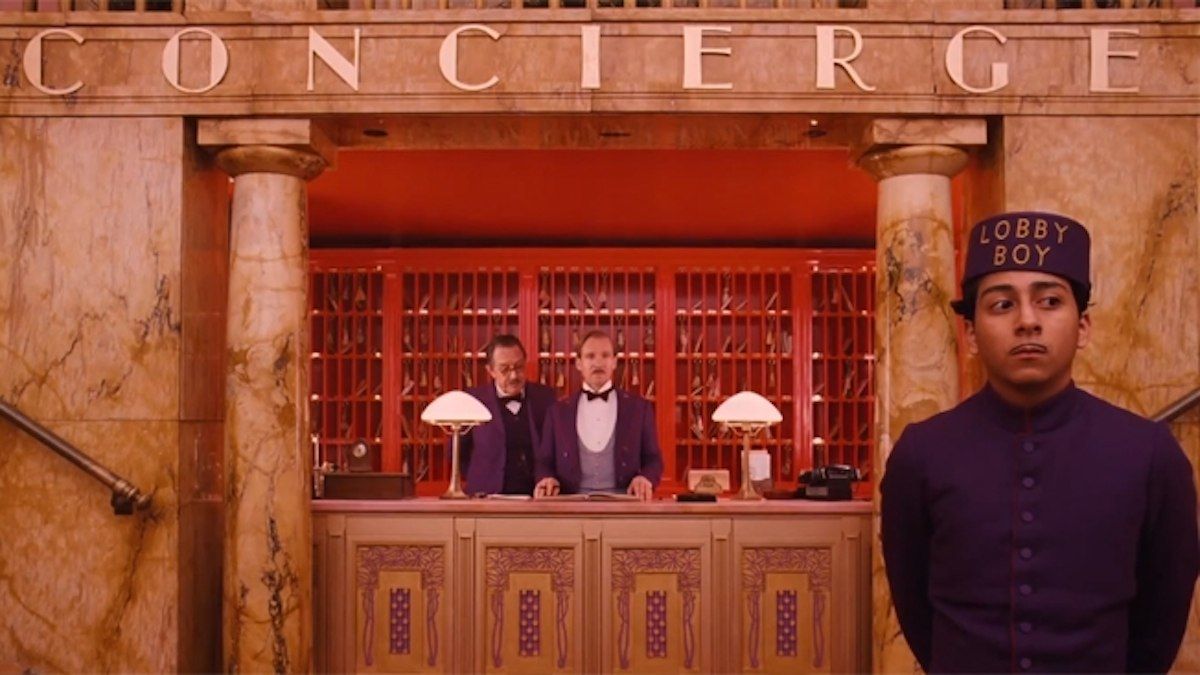
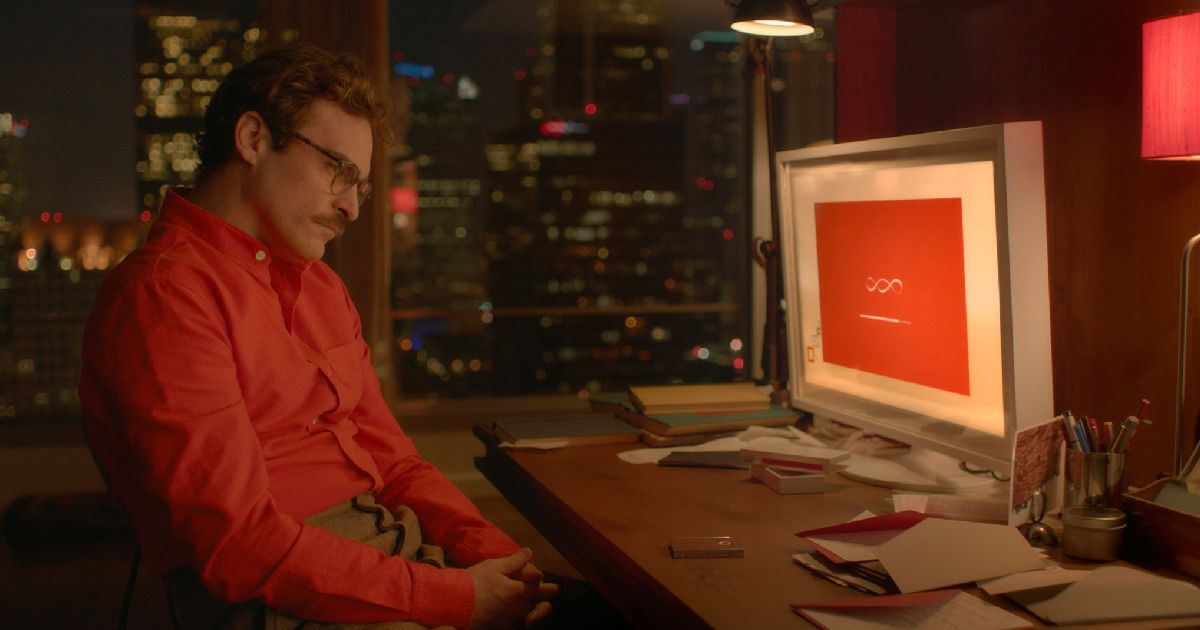
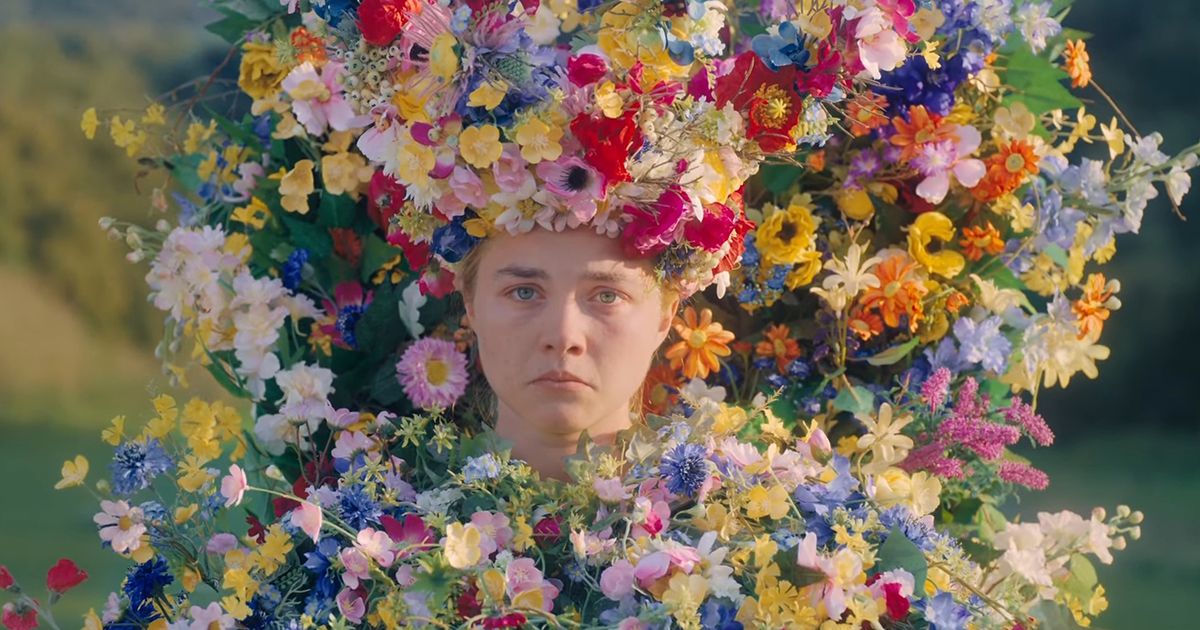
.jpg)
